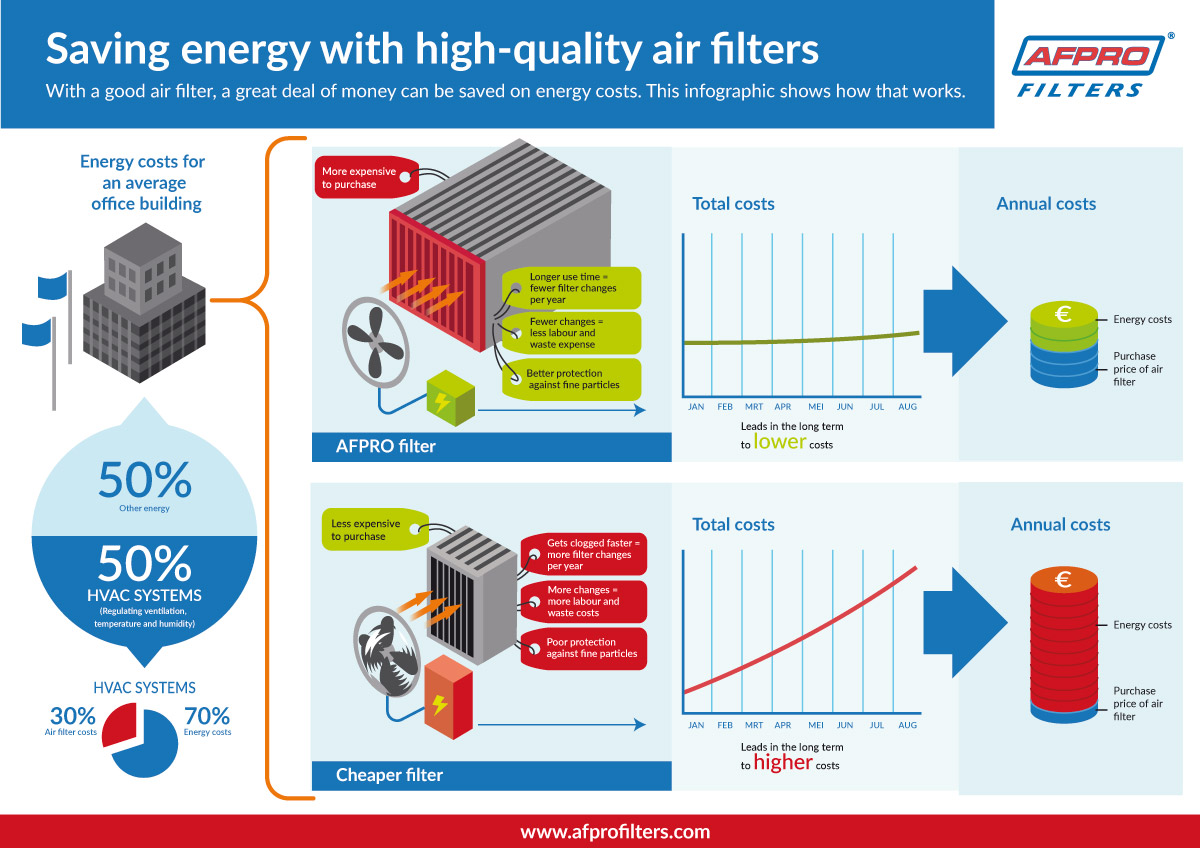The Future Of Home Heating - Just How Heat Pump Innovation Is Evolving
The Future Of Home Heating - Just How Heat Pump Innovation Is Evolving
Blog Article
Web Content Composed By-Dugan Kaae
Heat pumps will certainly be a critical modern technology for decarbonising home heating. In a scenario regular with governments' revealed energy and environment dedications, their worldwide capacity increases by 2030, while their share in heating rises to one-quarter.
They work best in well-insulated homes and count on electrical power, which can be supplied from a renewable power grid. Technical developments are making them much more reliable, smarter and less expensive.
Gas Cells
Heat pumps use a compressor, refrigerant, coils and followers to relocate the air and warm in homes and appliances. They can be powered by solar energy or electricity from the grid. They have been gaining popularity due to their affordable, silent operation and the capability to create electrical power during peak power need.
Some business, like IdaTech and BG MicroGen, are dealing with gas cells for home heating. These microgenerators can change a gas central heating boiler and generate several of a house's electric requirements with a link to the power grid for the rest.
However there are factors to be doubtful of using hydrogen for home heating, Rosenow says. It would certainly be pricey and ineffective contrasted to various other technologies, and it would include in carbon discharges.
Smart and Connected Technologies
Smart home innovation allows house owners to connect and manage their gadgets remotely with the use of mobile phone applications. For example, wise thermostats can discover your heating choices and instantly adjust to enhance power consumption. Smart lighting systems can be regulated with voice commands and automatically turn off lights when you leave the room, minimizing energy waste. And wise plugs can monitor and manage your electrical use, allowing you to recognize and limit energy-hungry devices.
The tech-savvy home shown in Carina's interview is an excellent image of how residents reconfigure room home heating techniques in the light of new smart home modern technologies. They depend on the gadgets' automated features to perform day-to-day modifications and concern them as a practical means of conducting their heating methods. As such, they see no factor to adapt their practices further in order to make it possible for versatility in their home power need, and treatments focusing on doing so may encounter resistance from these homes.
Electrical energy
Because heating up homes make up 13% people emissions, a switch to cleaner alternatives might make a large distinction. But the modern technology deals with challenges: It's expensive and needs considerable home remodellings. And it's not always suitable with renewable resource sources, such as solar and wind.
Up until recently, electrical heatpump were as well expensive to compete with gas designs in many markets. Yet Read the Full Post -new technologies in design and products are making them more cost effective. And better chilly environment efficiency is allowing them to operate well even in subzero temperature levels.
The next action in decarbonising home heating might be using warmth networks, which attract warmth from a central resource, such as a nearby river or sea inlet, and disperse it to a network of homes or buildings. That would certainly decrease carbon emissions and enable households to make the most of renewable energy, such as green electricity from a grid supplied by renewables. This alternative would be less costly than switching over to hydrogen, a fossil fuel that needs brand-new infrastructure and would just reduce carbon dioxide exhausts by 5 percent if coupled with improved home insulation.
https://time.com/4408512/air-conditioning-mistakes/
As electrical power rates go down, we're beginning to see the same trend in home heating that has driven electric vehicles into the mainstream-- yet at an even quicker speed. The strong environment instance for electrifying homes has actually been pushed better by brand-new research.
Renewables represent a substantial share of contemporary warm usage, but have actually been given restricted policy focus internationally compared to various other end-use industries-- and even less focus than electrical energy has. Partially, this shows a mix of customer inertia, split incentives and, in several nations, aids for fossil fuels.
New modern technologies can make the shift easier. For example, heatpump can be made extra power efficient by replacing old R-22 cooling agents with new ones that don't have the high GWPs of their predecessors. Some specialists also imagine area systems that attract warmth from a neighboring river or sea inlet, like a Norwegian fjord. The cozy water can after that be made use of for heating and cooling in a community.